
R1 Project Leader Shin Yokomizo also worked on the R6, FZ8 and other great bikes, but he shrugged off praise in a very modest, Japanese manner; “It is my great pleasure to make motorcycles for you.”
The literbike. It’s the pinnacle of the sportbike world, with the ultimate power, handling, looks and street cred. It also competes in the premier roadracing classes, be it at local clubs, AMA American Superbike or World Superbike. For 20 years or so, it was easy to get on top of the sportbike pile, if you consider marshaling millions of dollars and hundreds of engineers “easy.” Just put the most powerful engine into the lightest chassis. Simple.
Lately, it seems like the OEMs have hit a wall. The inline Four—mainstay of the liter-class superbike—is now reliably pumping out at least 180 hp at the crank, bikes are weighing in at around 450 pounds, and consumers aren’t asking for lighter or faster. This is because they are not insane, for the most part. We understand that we can’t really use much more power than that, and a lighter bike is fun, but also maybe a little too exciting when driven by that much power. That means product planners and engineers are faced with what may be an existential crisis for their flagship sportbikes.
Yamaha may have been one of the first to take a different path from the “add power and subtract weight” paradigm. Its 2009 R1 was introduced to be the “ultimate cornering” supersport, with a “cross-plane” crankshaft delivering more-usable power delivery. If you think that’s marketing hype, consider that Yamaha won 5 of 7 MotoGP titles between 2004 and 2010 with the cross-plane crankshaft-equipped M1 (having a Mr. Valentino Rossi on board didn’t hurt). The cross-plane motor has also helped a slew of other racers take home trophies and prize money, from duct-taped club competitors all the way up to World Superbike. And that technology isn’t just for racing, either—the motor’s tractable nature and nice aural characteristics make the bike a hit, the best-selling 1000cc supersport in the last 12 months, according to MIC data.
So how do you make a good thing better? With the supersport world’s equivalent of the Clear Beverage craze of the early ’90s: traction control. Gotta have that traction control, you betcha, and why not? Racers have been using it for years, and anything that may improve safety while making you go faster in corners can’t be a bad thing, right?
The 2012 R1’s traction control (TC) system is impressively well thought out. The emphasis is on well-engineered simplicity in both operation and design. Wheel-speed sensors (on both wheels) sense slippage, and see if the amount of slippage is in the preset (partly determined by throttle position and TC setting) parameters. If it isn’t, the ECU sends signals to the YCC-T (that’s Yamaha’s ride-by-wire throttle control, of course), ignition and EFI to reduce power until the slippage gets under control. There is no bank-angle sensor, but that doesn’ mean the system is crude—it can even calculate the circumference of the tire as lean angle change dozens of times per second, something I can’t do, as I had trouble staying awake in my middle-school geometry classes.
Operating the system is simple. Where a Euro-bike may require you to puzzle over the owner’s manual or take a graduate-level seminar to figure it out, a toggle switch on the R1’s left switchpod makes it easy. Just roll off the throttle and press it up or down to select from 7 different settings, ranging between “Joan Claybrook” (maximum) to “Vale” (off). A small yellow light flashes as the system limits rear-wheel power. Yamaha’s goal was to build the “ultimate cornering” machine, and it hopes to achieve it using traction control, fly-by-wire throttle and the smooth power delivery enabled by the cross-plane crank.
Other changes to the R1 for 2012 are mostly cosmetic, although one or two are functional. The front fascia is modernized, with bigger LED position lamps outside the little projector-beam headlamps. The mufflers get restyled for a tighter, cleaner look, and the top triple clamp gets a cool slotted MotoGP-inspired make over. In addition to a blacker-than-black Raven paint scheme and your basic Yamaha blue, there’s an Ed Hardy-esque pearl-white job for a $200 premium over the standard bike’s $13,390 MSRP, or a very classy GP-inspired white/red limited edition (only 2000 will be sold worldwide, with a numbered plate for authenticity) for an extra $1000. In addition to the styling changes, the shock spring rate and preload is slightly altered to improve traction and comfort. There’s also a new knurling pattern on the rider footpegs, which may be the most banal upgrade I’ve ever written about, but hey, it’s a living. At least I got to type the word “knurling.”
Yamaha sent us out to the Palm Springs, California area to test the bike on the street as well as the new-ish Chuckwalla Valley raceway. I had never ridden the post ’09-R1, so I was eager to compare it to the other latest-generation superbikes like the Honda and BMW.
For a superbike, it’s pretty unintimidating. The ergonomics are humane, with a low-enough seat and moderate (for a sportbike) reach to the bars. The pegs are reasonably low (and adjust about a half inch up and 3mm back if you need it), and everything feels pretty familiar if you’ve ridden an R1 before. The motor is punchy, but thanks to the cross-plane crank, traction control and very tall first gear (I rode the old R1 at 108 mph indicated in first gear, and this one didn’t feel any different), it was easier to get off the line than an R6. The slipper clutch was light and the gearbox felt liquid smooth—this is a refined product.
The street portion took us up a short but challenging 80-mile route into the mountains. For street riding, a literbike is overkill, but you knew that anyway, right? Do you really need six speeds on this? Second gear, third gear are fine, but unless you are breaking the laws of God and Man in spectacular fashion, you will be riding in the bike’s midrange, which is good for a sportbike, but still, not the R1’s strong suit. Like the motor, the sophisticated frame, brakes and suspension are wasted on the street, although they feel very nice. And since the tires and pavement were so grippy and I don’t like to push it on the street (with other people’s bikes), I didn’t really notice the TC working, even on the highest position. But hey, it was a beautiful day on a smooth, gravel-free road and we had the kind of serious fun you can only have when you have way too much power and like-minded cronies to chase after.
The real test of all that engineering would be at the racetrack. With 17 turns in just 2.7 miles, it’s obviously not a high-speed track (although phase II of the track’s construction promises much longer straights), but at least we could see how well that TC functioned. It may be the latest in TC technology, but Yamaha was taking no chances, and spooned on Michelin trackday rubber to keep from spinning too much.
I started out with the TC switched all the way to the maximum, and it wasn’t very long before I was making the indicator light flash in almost every corner. This prompted me to switch to the less-intrusive settings, which showed me the difference between using TC for street use and TC for the track. On the street, it’s for safety—keep you from high-siding or low-siding in low-traction situations or from inexperience. On the track, you can use it to safely find the limits of traction—the yellow light says, “you’d be high-siding past the moon right now if it weren’t for me, you idiot”—and build confidence. And this Yamaha TC was so smooth, so unobtrusive, so subtle I thought Yamaha just programmed the light to flash at certain throttle openings just to make you feel good about having TC. Of course, if you like to back it in, leave darkies on corner exits and wheelie, you can just set the TC lower or turn it off altogether.
Everything else works like a sportbike should (read our other stories about the R1 to get more impressions). The suspension was really nice on track: plush, controlled and responsive to small adjustments. The brakes were okay, and if they aren’t strong and sensitive enough for you, Yamaha’s Product Line Manager Jay Tanner wants you to know your Yamaha dealer can source those swanky monobloc Brembo calipers we all like, along with lots of other GYTR and aftermarket accessories.
What’s remarkable is the motor. It’s somehow both charismatically lumpy and creamy smooth at the same time—no need for rubber mounted bars or footpegs here. Midrange power is great for a sportbike, and the fueling is spot-on. It didn’t have the kind of head-snapping top-end hit we may want from a superbike, but it’s plenty fast—trust me. In fact, I think it feels slower because it’s so smooth and easy to ride—then you look at that big digital speedo and notice you’re doing a buck-something when you thought you were going 70. We like that, don’t we?
If the final frontier of the gasoline-powered superbike is refinement and ease of use, the 2012 R1 may be leading the way. It’s a motorcycle that has everything you need for the racetrack, but is still civil enough for the street. You’d think that would be its undoing—after all, don’t you want the street cred owning the meanest, baddest, most un-tamable junkyard dog of a sportbike? Apparently not, if Yamaha’s sales figures are accurate. At the end of the day, you want refinement and rideability out of your streetbike, and the new R1 has it.
For further details and specifications, visit Yamaha’s web site here.







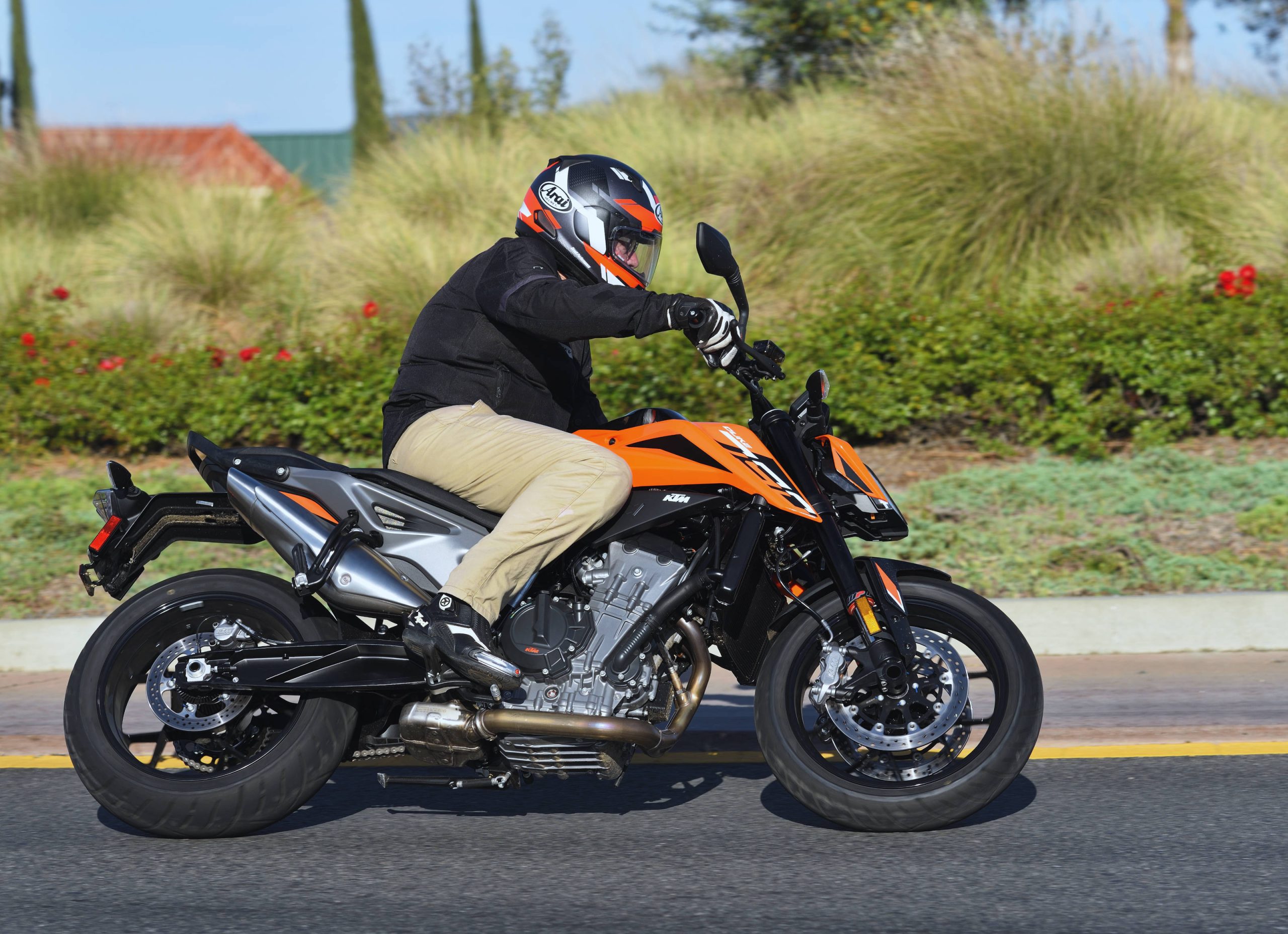
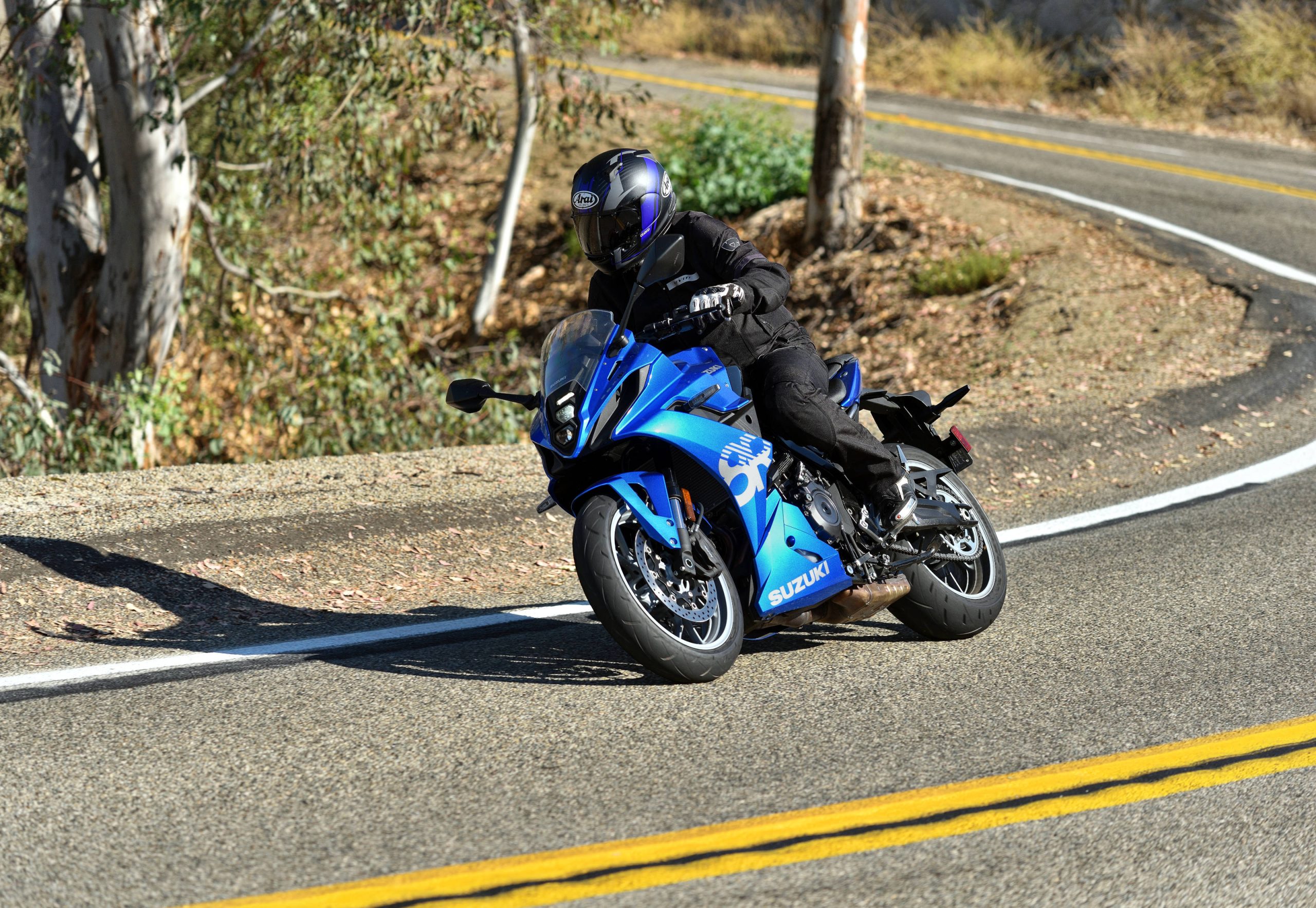
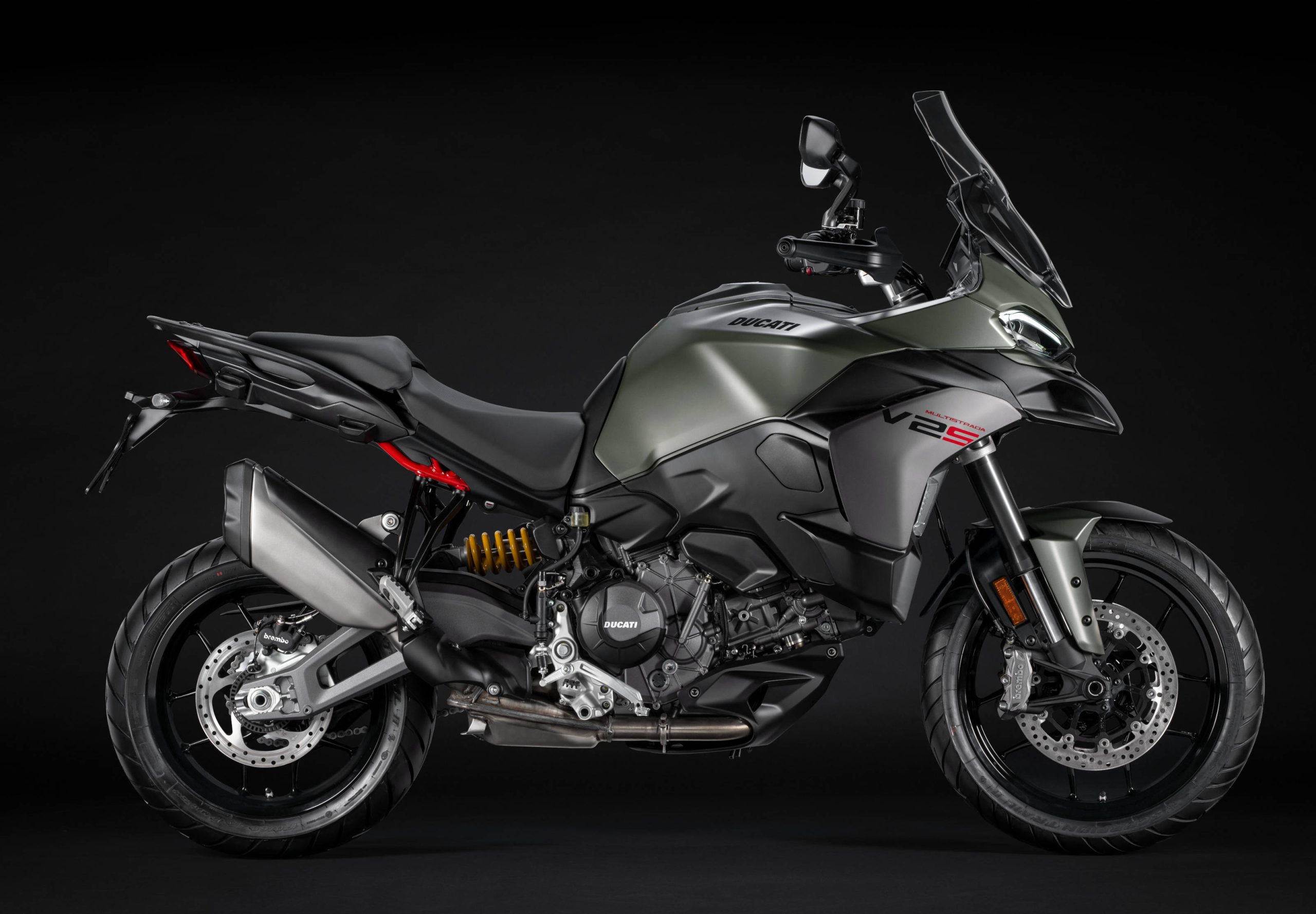
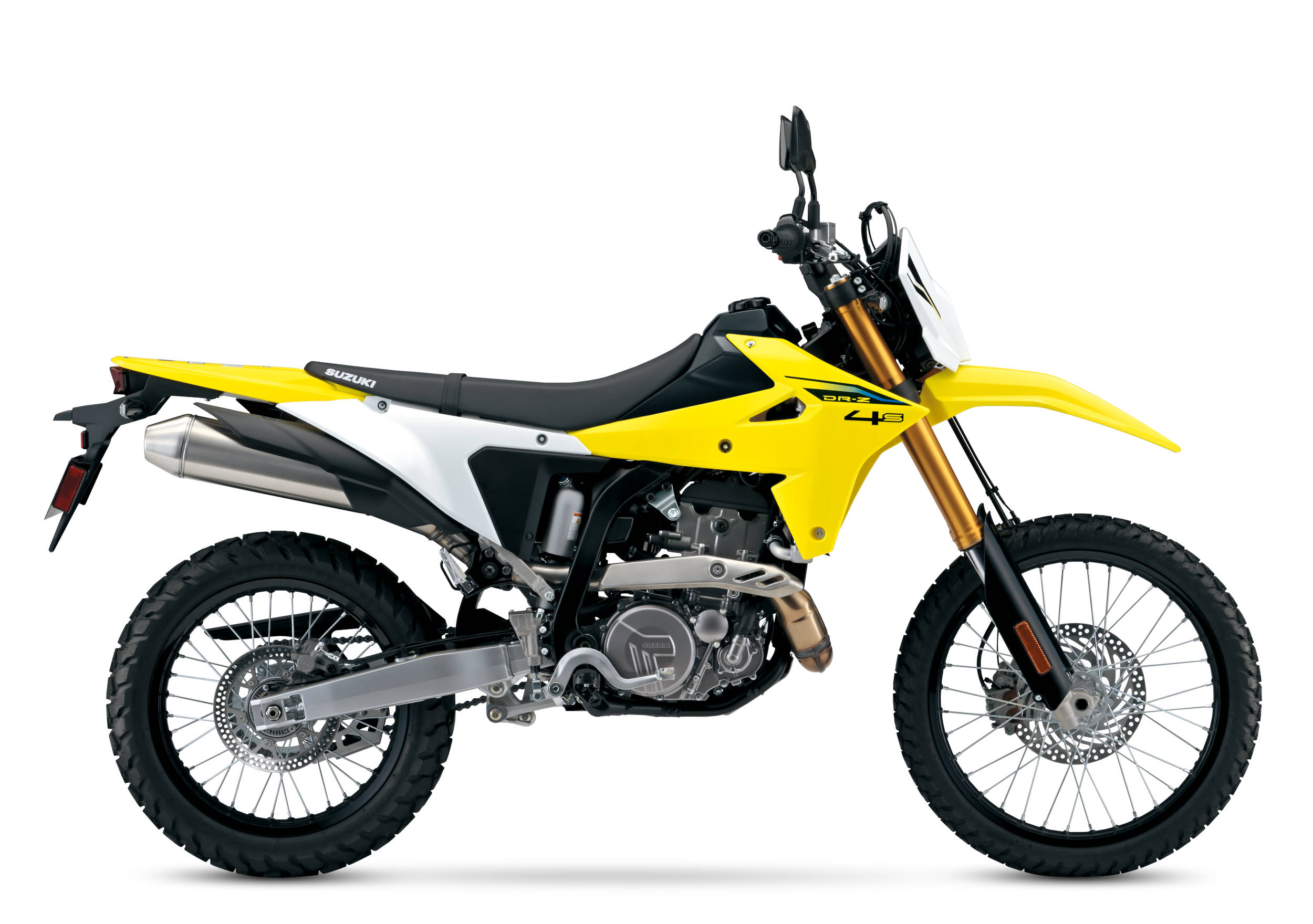
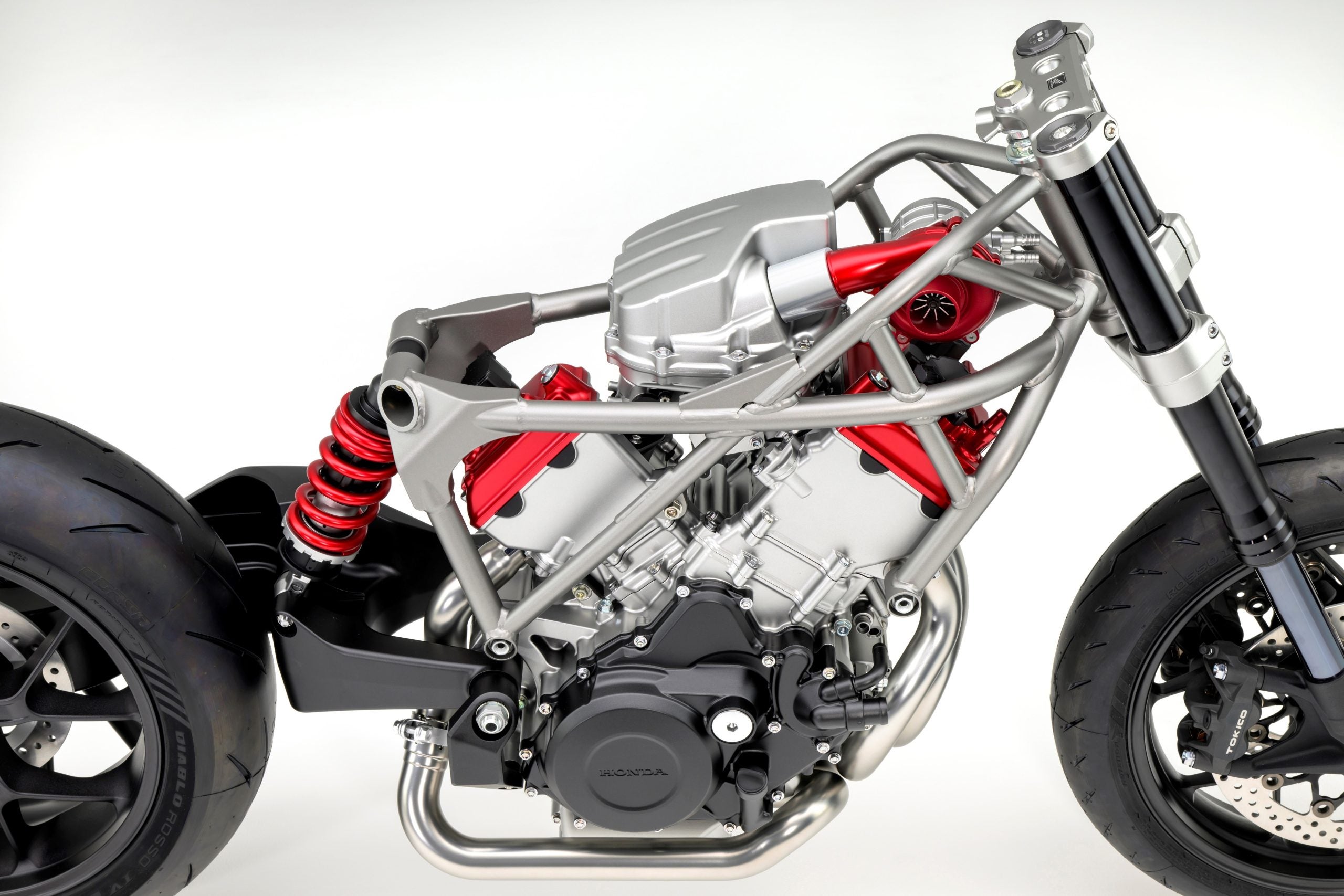
Cool man. Me likie.
Nice “review” and all, and I’m sure the improvements and tweaks will be welcomed by very skilled riders.
It would be nice to get a comparo against new and current models someday, especially with regards to how the traction control and rideability stack up. I’m sure it’s awesome when ridden in isolation (same reason why fat chicks continue to get pregnant), but I have a feeling all the tweaks won’t really bring much closer to the BMW s1000r and the all-conquering Fireblade, especially since those 2 also have updated models out soon.
I’ve ridden athe current R1 and agree that the motor is brilliant, though. You don’t really feel how fast you’re going until you glance down at the LCD readout.
re: “but I have a feeling all the tweaks won’t really bring much closer to the BMW s1000r”.
the bm’s not their benchmark. nothing will move much closer to an S1RR ‘cept for another S1RR.
i am 59 i have 2003 zx9r for me lots of grunt and bone reliable and yes i am 6 4 for a “older Sport bike” it is not all that bad for comfort.That said i have had lots of i4rs 600k is my max though not 22 any more HA!..but still have the love of sport bikes Cheers
If you aren’t an expert rider, any of these liter bikes will put you over your head in a nano second. So forget who makes the fastest, best-handling bike and go with the brand that looks the best. You won’t be disappointed with the performance of any of these. I think that the YAMAHA is pretty cool and will take one in red and white.
They should’ve ditched the underseat exhaust. The front end looks
better and TC is a nice bonus.
I have a 09 CBR 1000rr repsol,I always wanted an R1 but when it came down to buying a new bike had to go with the Honda,lighter ,more power,and doe’s not have that huge under seat exhaust.I tried the new R1 but it felt like a 1000 in size and feel,my 09 liter repsol feels like a 600 when in the canyons or at the track in the tight stuff yet has an awesome 1000 motor with massive grunt down low,I can’t say enough about the bike very forgiving and comfortable as sport bikes go and gotta love that Honda reliability !
+1. If I had the need and the budget, a CBR1000RR would be in my garage for just those reasons.
I just bought an 06 ZX10R. I love Hondas (I also love Kawis), but I would have wanted an 08 1000RR and that was not in the budget. The 06 ZX10R has a slipper clutch and stabilizer as standard equipment, and it is about 100 pounds lighter than the Blackbird I sold last year (loved that bike, but I wanted something lighter). Now I’m just tweaking it a little to suit me.
I really like the “Ed Hardy-esque pearl-white” fairings. More so than the limited edition.
Interesting paint choices this year, everything from WSBK brilliance to… whatever that blk/wht abomination is.
I heard James Stewart is racing a cross-jet YZ450!
This bike should come standard with optional aftermarket exhaust… Just sayin…
The new paint scheme… really cool.
Great bike but oddly they didn’t add ABS. Not a deal killer but it is typically a part of these electronics packages.
Yamaha, I want cross plane R6!
Why?
The 1000 has some power to spare up top to justify this crank configuration. Not so with the 600.
But if you were just kidding….never mind.
Because V4’s are (much, much, MUCH) cooler than I4’s, a middleweight that “feels” like it has v4 power would be amazing.
I’m not aware that cross plane crank configuration requires any sacrifice in power. If it did, then the same would be true of V-4’s. The Moto GP bike is raced against mostly V-engined competitors and the WSB bikes are no less powerful than the Honda, BMW or Suzuki, which have the traditional I-4 firing order. The “fastest” WSB is usually the Aprilia which is a V-4, similar firing pattern/mass benefit to the cross plane.
Interesting here is that the most successful Yamaha in road racing the last two years has been Josh Hayes. This bike lists a sophisticated traction control system. Josh has famously been the only guy in AMA Superbike to NOT use traction control. Must be a really smooth motor.
Was not kidding at all. The cross plane seems to have more bottom end and mid range power, which is where I feel the current R6 or other 600s for that matter could use some help. It makes getting away from traffic light easier, and power on tap w/o downshifting often. Plus the exhaust note is just killer, and that engine concept on middleweights would handle better. The cross plane in a liter bike package is too much for me.
Cross plane’s effect is smoothing the rotation of the crank shaft. With conventional I-4, all 4 pistons stop twice per crank rotation, all at the same time. With cross plane, when one piston is at the top or bottom of the stroke (stopped), another is mid stroke moving as fast at maximum piston speed, cancelling out the stopped piston, in effect driving it through the stop-point. I don’t think it results in any more bottom or top end than a traditional I-4, that still comes down to timing and all the other conventional parameters that decide an engine’s characteristics. I think Yamaha’s company line was that only the 1000 had enough power for the cross plane to make a difference in tire life and control but I’d like to see it on other bikes too. I like twins and V’s.
And they sound friggin’ awesome.
Yeah, you’re probably right, it’s not more bottom end but rather smoother power delivery like a v twin. Still, I’d like to have a bike that combines the quality of my sold sv650 and cbr600. And I would buy that bike just for the engine note itself. A middleweight version of that engine would be awesome, if not practical for the company. We already have gxr-750, Ducati 848, and 675 triple (now from MV as well), why not cross plane 600?
So either that or V4 in 600 package.
I think the comments so far pretty much express how I feel as well. Yamaha is really on to something with this cross-plane crankshaft. Having it in other models would simply set the company apart from other in-line four based sportbike lines. Why not an FZ1,FZ8, and FJR XP? I know, money money money, but I’m just convinced they could milk this cross-plane stuff like Ducati does with their desmo v-twins and really transform a ho hum model line into something special/different.
Yeah that motor sound..is addictive…i have an 09 R1…which replaced my 0!6 R1….my 09 is heavier by almost 70lbs….i t keeps me coming back with its sound,fit and finish,and awesome for a liter bike firimg coverGe…alas ithink im bound for a bmw s1000r….
I have an 06 and an 09 R1 and the difference is more like 25 pounds, not 70.
Why don’t they make a street version of these bikes with higher bars , and a close ratio gear box with a much lower 1st gear– i have a Honda Super Hawk – with a high first gear – and around town i never get out of 3rd
They do, It’s called a Ninja 1000.
or a cross plane Gen 1 style FZ-1
I test rode an R-1 recently. The cross plane motor is an awesome motor. Sounds fantastic and has gobs of power, but my 61 year old body could barely ride it the 8 mile loop they had laid out for me. The most uncomfortable motorcycle I have ever been on. When I reached for the bars, and tried to look up, my helmet hit the back of my neck and I could barely see the road. Guess that’s why young guys with supple body parts buy these things. I almost begged off the test ride, but the sound from that cross plane motor forced me to endure the pain of the ride just to hear some more of that motor.
Yep, a cross planed version of the Gen 1 FZ-1. That would be a special motorcycle.
See, that’s why Honda should have kept VFR w/ 360 degree crank V4. The moment Honda went with CBR1000RR, everything went down the tube.
I hardly look at the CBR1000RR as having “gone down the tube”. Can’t say I understand where that notion comes from.
Just wish they would give us a cross-plane FJR.